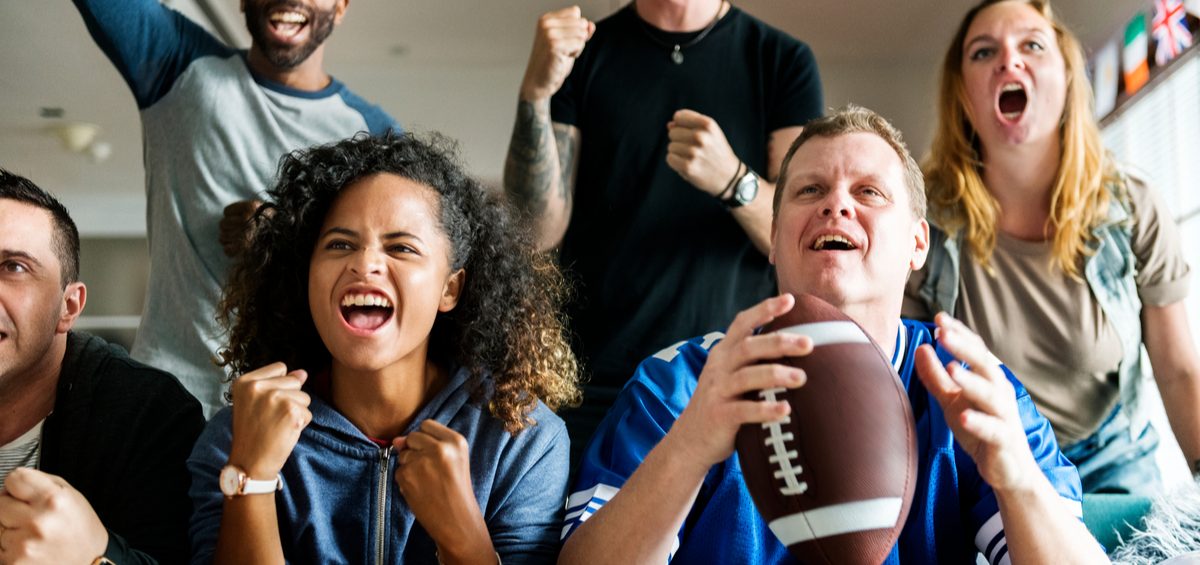The Super Bowl is the can’t-miss event of the year for sports fans. But it’s also the can’t-miss event of the year for marketers.
The ads that air in between plays have become almost as anticipated as the game itself. A mere 30-second spot can command prices upward of $5 million. And brands invest all the creative energy they can muster into their Super Bowl spots. As a result, this advertising spectacle has been dubbed #BrandBowl, and marketers tune in religiously to see which brands soar — and which ones crash and burn.
2021 presented a Brand Bowl unlike any other: the first one amid a pandemic. As a result, brands had to film their ads while adhering to COVID restrictions. Brands had to respect the nation’s somber mood. And brands had to craft their content knowing viewers would be reacting alone, not in crowded bars and living rooms.
Now, about one week after the main event, here’s a look at the most memorable parts of Brand Bowl 2021:
The MVP
Each year the Brand Bowl produces one or two big winners — content that really stands out for its creativity and boldness. Think Oreo in 2013, with their “Dunk in the Dark” tweet. Or Volkswagen in 2011, with their adorable Darth Vader ad.
This year, there’s chatter about Pepsi being MVP of the Brand Bowl. Rather than a traditional ad spot, Pepsi sponsored a stunning halftime show featuring Canadian singer The Weeknd. The sponsorship entailed a glitzy set with plenty of branding, prizes for viewers, behind-the-scenes content on Twitter, and other creative elements.
Pepsi’s success echoes 2020, writes AdWeek: “[Pepsi] continued its momentum from last year, when it was also awarded the MVP for leveraging its sponsorship of the halftime show by prompting fans to tweet their predictions about the performances… and awarding prizes to those with the best guesses.”
Will Pepsi get a Brand Bowl hat trick in 2022? We’ll have to wait and see.
Big brands on the sidelines
Certain brands have emerged as Brand Bowl favorites over the years. We’ve come to expect flashy ads from the likes of Budweiser, Coca Cola, and a handful of others. But much of that changed in 2021.
Reports USA Today: “[Budweiser] said in a news release that instead of paying to air a Super Bowl ad, it will instead be ‘reallocating the media investment’ to raise awareness about the COVID-19 vaccine throughout the year, in partnership with the Ad Council.”
Budweiser’s decision is admirable, but it’s also savvy. A Brand Bowl mainstay not having an ad is a news story in itself and generates plenty of publicity. And Budweiser wasn’t the only brand to make this call: Coke and Hyundai also skipped out on ads.
Pandemic creativity
Super Bowl ads tend to lean into humor. It’s the most clever or absurd ads that stick in consumers’ minds. But how do you do levity amid a pandemic? Bud Light Seltzer did it by acknowledging a difficult year: They depicted 2020 as the year that rained lemons. And Amazon did it by taking one of 2020’s biggest stars — Michael B. Jordan — and casting him as the new Alexa. (Amazon’s ad was shared tens of millions of times before it even aired.)
Other brands opted to forgo levity and focus on optimism. Michelob Ultra featured a feel-good, athlete-studded commercial celebrating happiness. In all three of these cases, the brands are winning accolades.
Each Brand Bowl is unique, but often sets precedents — or breaks them — that carry forward into future years. 2021 is no exception. Expect brands to learn from what worked this year and carry it forward into future ads, from Pepsi’s clever halftime branding, to Rocket Mortgage’s clever partnership with comedian Tracy Morgan on Twitter, and beyond.


